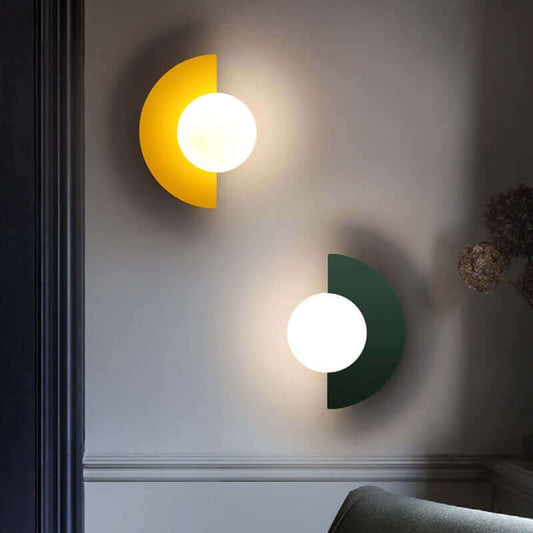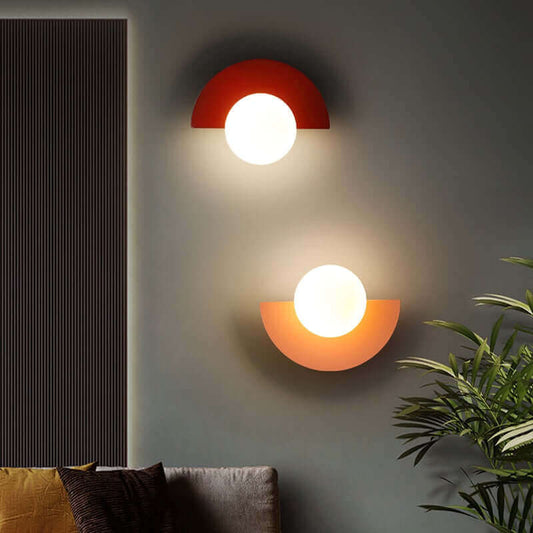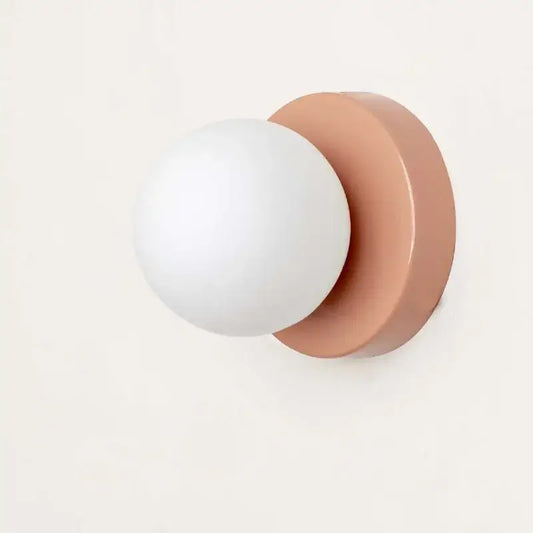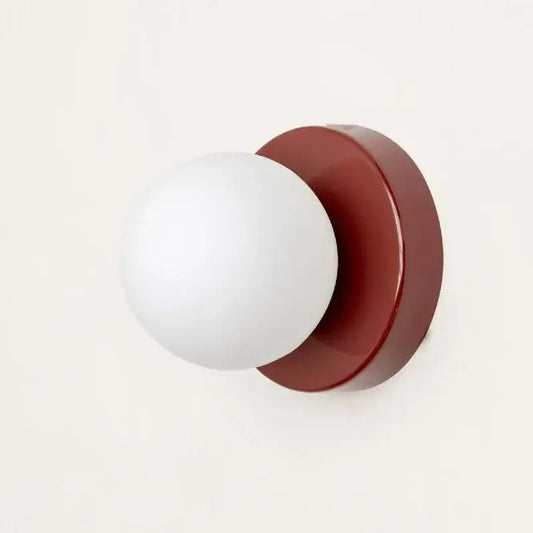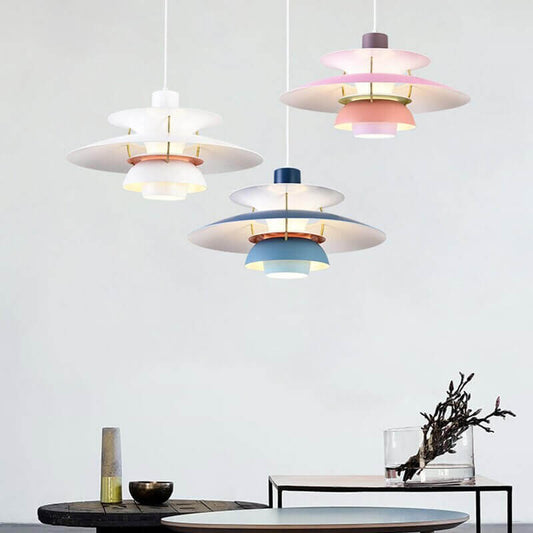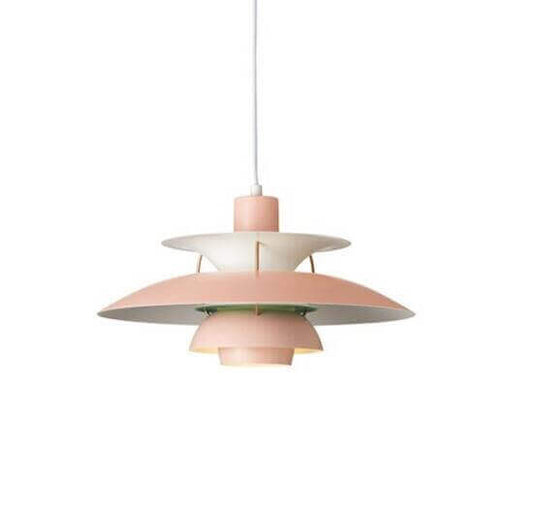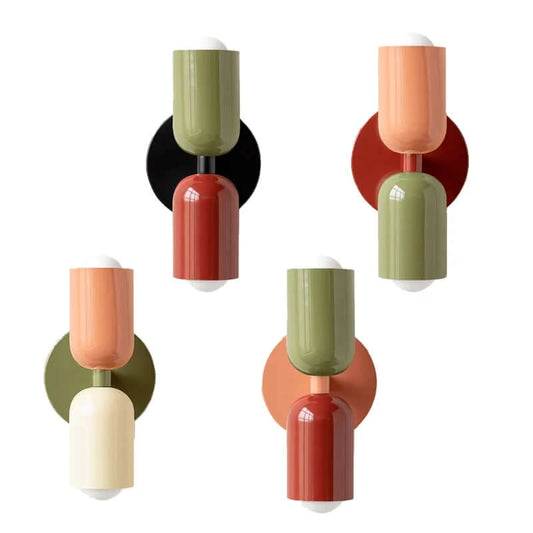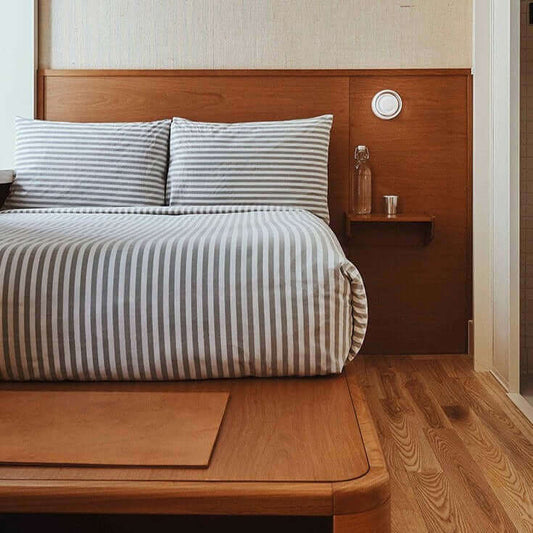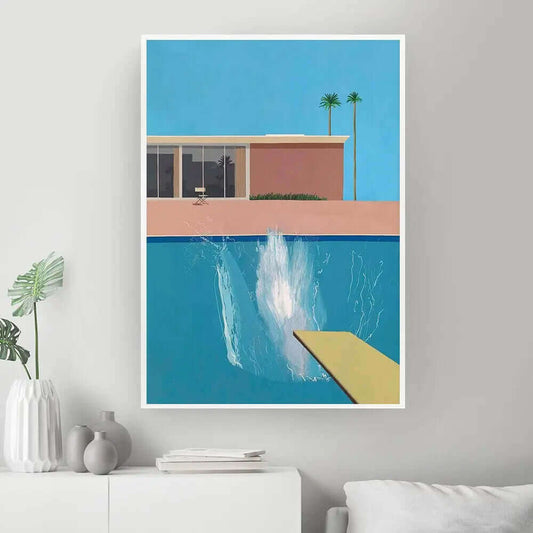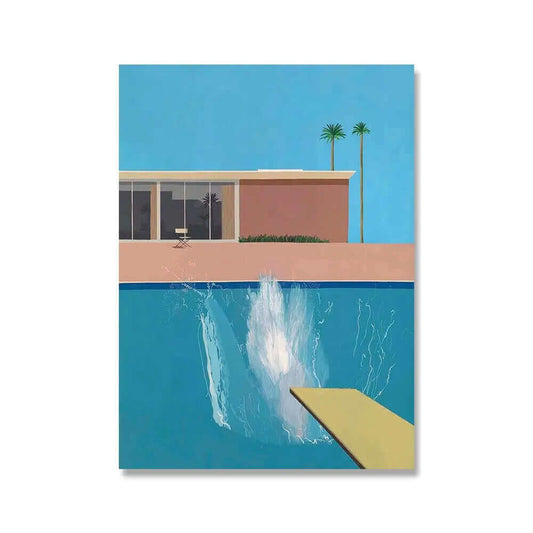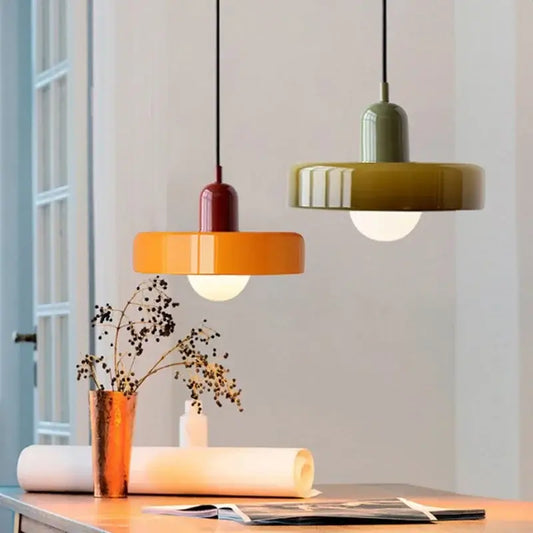Lighting plays a crucial role in interior design, as it has the power to transform the ambiance and mood of a space. While a single light fixture can provide illumination, layering different types of lighting takes the design to a whole new level. By incorporating ambient, task, and accent lighting, you can create depth, interest, and a dynamic atmosphere. In this article, we will explore the concept of layered lighting and how it can enhance your interior design using the BAB (Before, After, Bridge) method.
Before: Assess the Space and Lighting Needs
Before diving into the world of layered lighting, it's essential to assess the space and determine your lighting needs. Consider the following factors:
- Function of the room: Understand the purpose of the room and the activities that will take place in it. Different activities require different lighting levels, and understanding this will guide your lighting choices.
- Natural light: Take note of the natural light sources in the room. Consider the direction and intensity of sunlight throughout the day, as this will influence your decisions on artificial lighting.
- Existing fixtures: Evaluate the current lighting fixtures and their placement. Determine whether they can be repurposed or if additional fixtures need to be added to achieve the desired layered effect.
After: Layering Techniques and Fixture Selection
Once you have assessed the space and lighting needs, it's time to delve into layering techniques and fixture selection. Here are the key components to consider:
-
Ambient Lighting: This is the general lighting that illuminates the entire space. It sets the overall mood and provides a comfortable level of brightness. Consider using overhead fixtures like chandeliers, pendant lights, or recessed lights to achieve even and uniform ambient lighting.
-
Task Lighting: Task lighting serves a specific purpose, providing focused illumination for activities such as reading, cooking, or working. Examples include desk lamps, under-cabinet lighting in kitchens, or wall-mounted sconces near reading areas. Place task lights strategically to avoid shadows and provide ample light for specific tasks.
-
Accent Lighting: Accent lighting adds drama, visual interest, and highlights specific features in the room. Use it to draw attention to artwork, architectural elements, or decorative objects. Wall-mounted spotlights, track lighting, or LED strips are effective options for accent lighting.
Bridge: Create a Harmonious Lighting Design
To create a harmonious lighting design, consider the following tips:
- Dimmers: Install dimmer switches to adjust the intensity of the lighting according to the time of day or desired mood. This allows for greater flexibility and control over the ambiance.
- Layering Ratios: Experiment with the ratio of each lighting type to achieve the desired effect. In most cases, ambient lighting will provide the majority of illumination, while task and accent lighting will enhance specific areas or features.
- Light Color and Temperature: Consider the color and temperature of the light bulbs. Choose warm or cool tones that complement the room's color scheme and ambiance.
- Hidden Fixtures: Conceal fixtures where possible to create a seamless and visually appealing lighting design. Recessed lights or concealed LED strips can be used to achieve this effect.
Layered lighting is a game-changer when it comes to interior design. By incorporating ambient, task, and accent lighting, you can transform any space into a well-lit and visually dynamic environment. Remember to assess the space, determine the lighting needs, and select fixtures that align with your design goals. With a well-executed layered lighting design, you'll not only create depth and interest but also enhance the functionality and aesthetics of your space. So, go ahead and experiment with different lighting techniques to unveil the full potential of your interior design.
You will find many other interior design tips in our Top 50 Best Kept Secrets Used By Interior Designers to Transform your Space.





